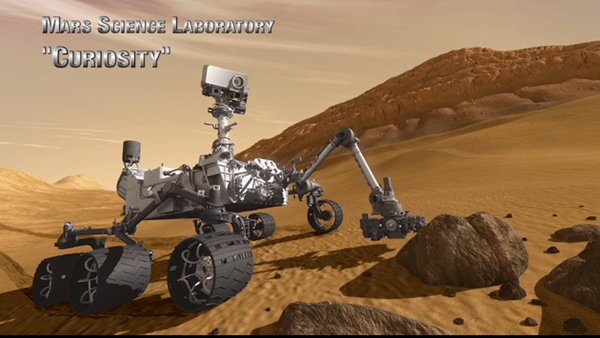Once on the ground, the Curiosity rover will set off toward a mountain of layered sedimentary rocks that rises some 3 miles (5 kilometers) above the crater’s floor. Nicknamed Mount Sharp by the mission’s science team, the rocks there appear to span eras from the distant past, when Mars was much warmer and wetter than now, to the present day. Orbital scans of the crater show that the mountain and its surroundings once harbored liquid water in surface streams, which ultimately may have formed a giant lake. Scientists expect Curiosity to explore this region for at least two Earth years.
This video shows a detailed animation of Curiosity’s entire landing sequence followed by a depiction of the rover exploring the martian surface. If all goes according to plan, within the next couple of years, scientists may know whether Mars ever had the potential to host life.










